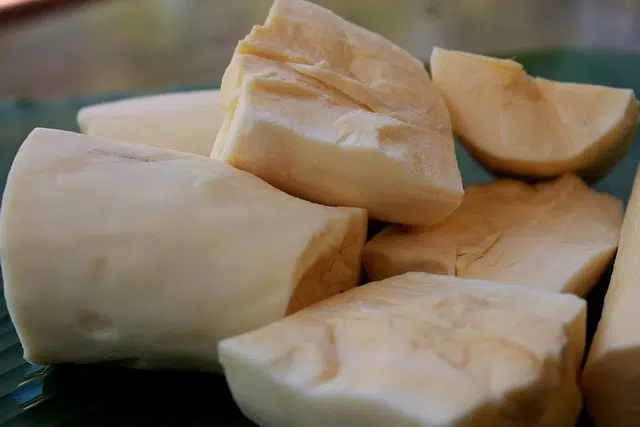
Caramañola located in its caramañola holder.
The French word carmagnole , which comes from Carmagnola (name of a city in the Piedmont region), came to Spanish as caramañola . This term is used in several South American countries to refer to a type of canteen .
A canteen is a metal container with a flattened design that is covered with an insulating material and is used to transport water or another drink. In the specific case of the caramañola, it is the aluminum canteen that is used in the military field to carry water .
A historical tour
The first vessels used as a caramañola or canteen were made with clay or with the dried fruit of the pumpkin . These containers were transcendental in favoring migrations and in the development of agricultural activities since they made it possible to have drinking water available.
Soldiers, of course, also needed to have water to hydrate themselves during campaigns and war or training actions. This is how the caramañola emerged, which could be said to be a military canteen .
In today's colloquial language , however, canteen and canteen are often used synonymously . The idea of caramañola does not only refer to the container used by soldiers, but can also refer to the canteens used by cyclists, tourists, children, etc.
Characteristics of the current caramagnola
Today a caramañola is a type of bottle , generally flattened. It may be a plastic or metal object, often covered with felt or leather .
Caramañolas have a stopper (which can sometimes serve as a glass) and, in certain cases, a handle that makes it easier to carry or manipulate. The support that allows the caramañola to be attached to the structure of a bicycle is called a caramañola holder , on the other hand.

The term caramañola can be confused with carimañola, which is a gastronomic preparation made with cassava dough.
La carmañola: a jacket and a song
It is important not to confuse caramañola with carmañola . A type of jacket is called carmañola (without A between the R and the M ); That is, an outer garment that usually extends below the hip and is open in its front sector.
It is estimated that the etymology of carmagnola is linked to Carmagnola , since this jacket would have been originally used by Piedmontese farmers. It could also be associated with being made from hemp or being worn by the workers who cultivated this plant.
In France , the carmagnola became the clothing that characterized the Jacobins (the members of one of the factions that promoted the French Revolution ). In addition, an anonymous song that became popular in said historical period was called “Carmañola” , being sung in support of the revolutionaries.
The carimañola or caribañola
Caramañola can also be confused with carimañola or caribañola , which is a traditional gastronomic preparation from countries such as Panama , Colombia and Brazil . It consists of a cassava dough that is filled with minced meat and cheese or other ingredients.
To prepare the carimañolas, the manioc is boiled until it softens and then it is ground and kneaded. The next step is to give the dough its characteristic shape to fill it and assemble the carimañolas, which are finally fried.
